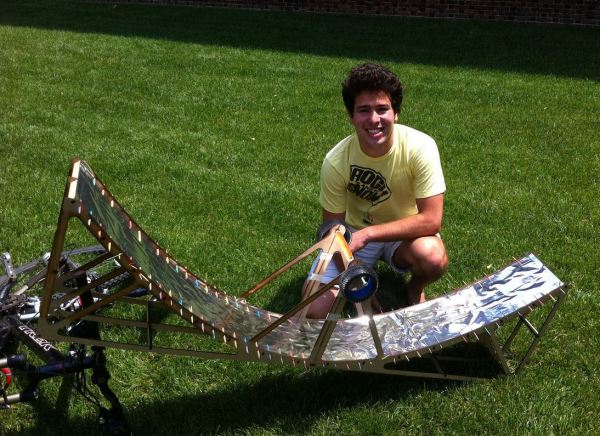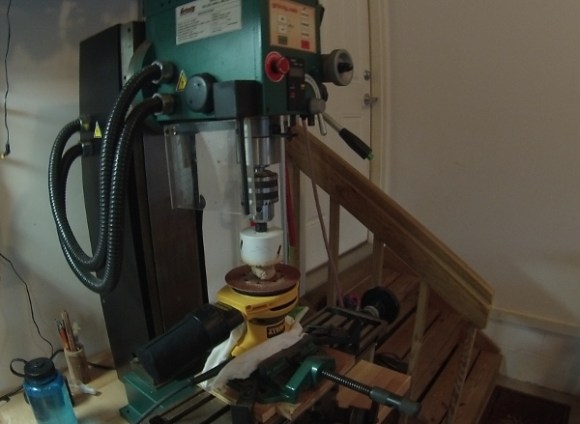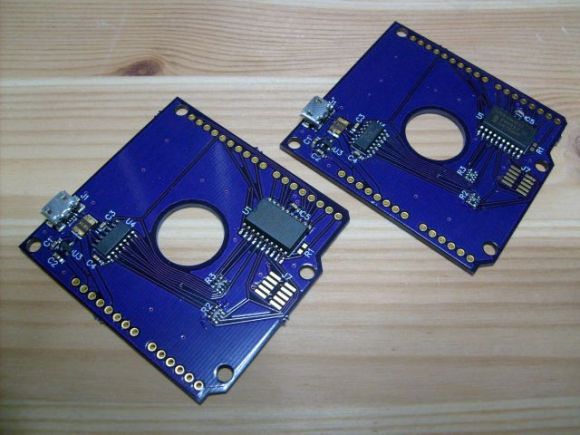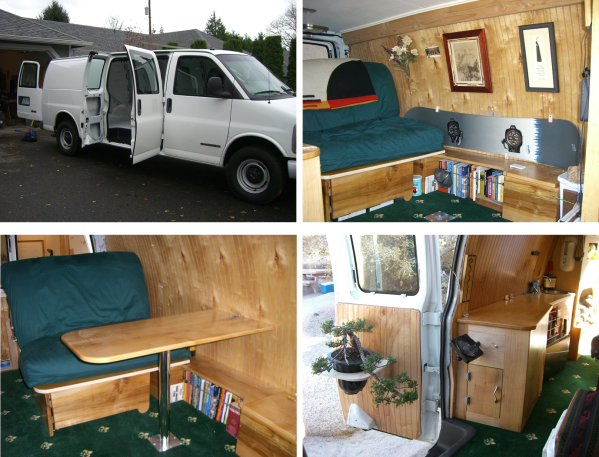For a university project [Adam Libert] decided to make his very own parabolic hot dog cooker. Now, we must say, this is a project that could probably be cobbled together in a weekend from scraps, but since it was for a lab, [Adam] decided to go all out — complete with a perfect laser cut frame.
The objective of the lab was to design a project that can use solar radiation to accomplish a task, and being partial to hot dogs, the hot dog cooker was a natural choice. He designed the parabolic mirror to focus 1/5th of a square meter of sunlight directly at a hot dog. To do this, he laser cut the frame out of MDF, and using tinfoil, toothpicks, and poster paper, assembled the mirror. The whole thing cost less than $5 (ignoring laser time) and can be setup in a matter of minutes.
He determined the heat output of the cooker to be around 10W at the hot dog, which means he was able to bring the hot dog to 150°F in about 10 minutes — which was surprisingly close to his original calculations, because let’s face it, tin foil is hardly an ideal mirror.
Interested in other solar cookers? Why not cover a satellite dish in foil tape? Or if you want a quicker-cooked-hot-dog, why not plug it directly into the wall?


 It must be nice to be one of [kiu]’s colleagues. Some people pass out chocolates or stress balls at work as Christmas gifts, but [kiu]
It must be nice to be one of [kiu]’s colleagues. Some people pass out chocolates or stress balls at work as Christmas gifts, but [kiu] 













